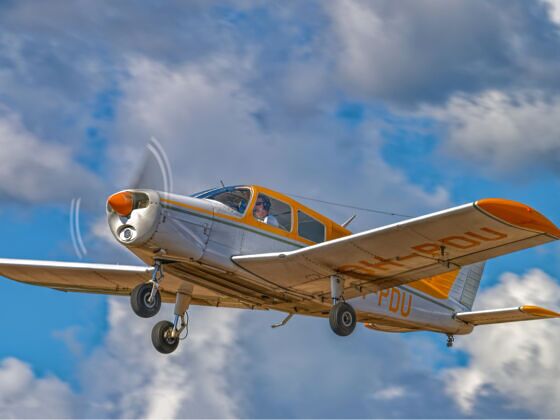HERE, LANCE SPREADS his expertise around on everything from volcanic ash to potential hidden make out nooks below the cabin.
Q: I can see how it would be dangerous to fly directly a thick cloud of Eyjafjallajökull, but what is it about volcanic ash specifically that’s so dangerous for planes, even if it’s barely visible in the air?
